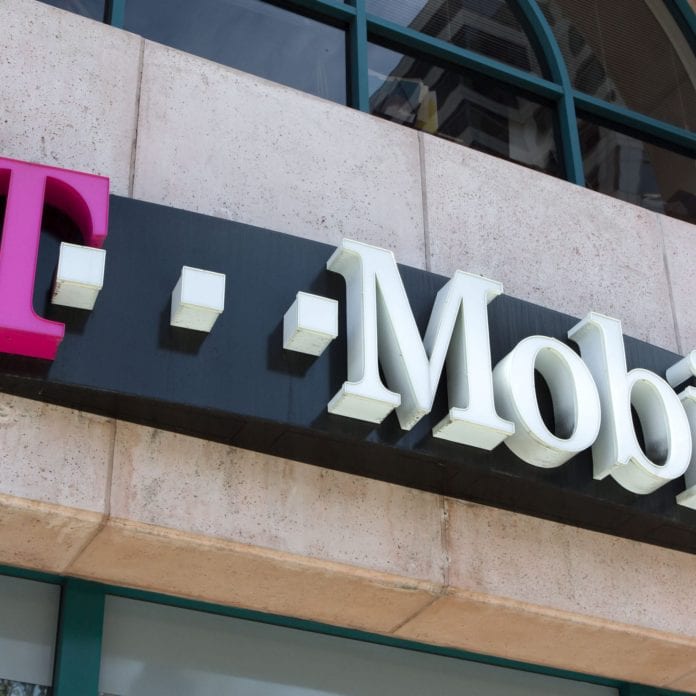T-Mobile US partnered with Qualcomm, Ericsson on test
Last month T-Mobile US tapped its millimeter wave spectrum holdings to turn up 5G services in parts of Atlanta, Cleveland, Dallas, Las Vegas, Los Angeles and New York to coincide with availability of the Samsung S10 5G. But the company’s plan to deliver nationwide 5G is pinned to its trove of 600 MHz spectrum, as well as a pending merger with Sprint that would bring with it access to 2.5 GHz in more than 100 major markets.
This week the carrier provided an update on its ongoing testing of 5G transmission at 600 MHz, announcing a successful data session using Qualcomm’s commercially available X55 modem, RF transceiver and RF front-end. Ericsson provided gear from its Ericsson Radio System portfolio.
T-Mo has for some time differentiated itself from competitors by calling out its ability to provide “5G for all” using its 600 MHz spectrum, and dinged AT&T and Verizon for pushing millimeter wave which has shown in excess of 2 Gbps down in field testing albeit with limited coverage range.
In January T-Mobile, citing test results, said it was capable of providing 5G coverage over a more than 1,000-square-mile area from a single tower. That round of activity involved Ericsson and Intel and resulted in 5G data and video calls. At the time, the carrier also achieved a tri-band 5G video call using 600 MHz, 28 GHz and 39 GHz.
Qualcomm President Cristiano Amon said the test, which took place at a T-Mobile facility in Bellvue, Washington, “demonstrates the ability to dramatically increase 5G’s global footprint…[and] unlock the full potential of 5G for consumers and new industries around the world.”
Ericsson’s Fredrik Jejdling, EVP and head of business area networks, also highlighted the role of low-band in the larger vision for 5G. “This shows our industry is now ready for building wider 5G coverage that will enhance end user experience,” he said in a statement.

